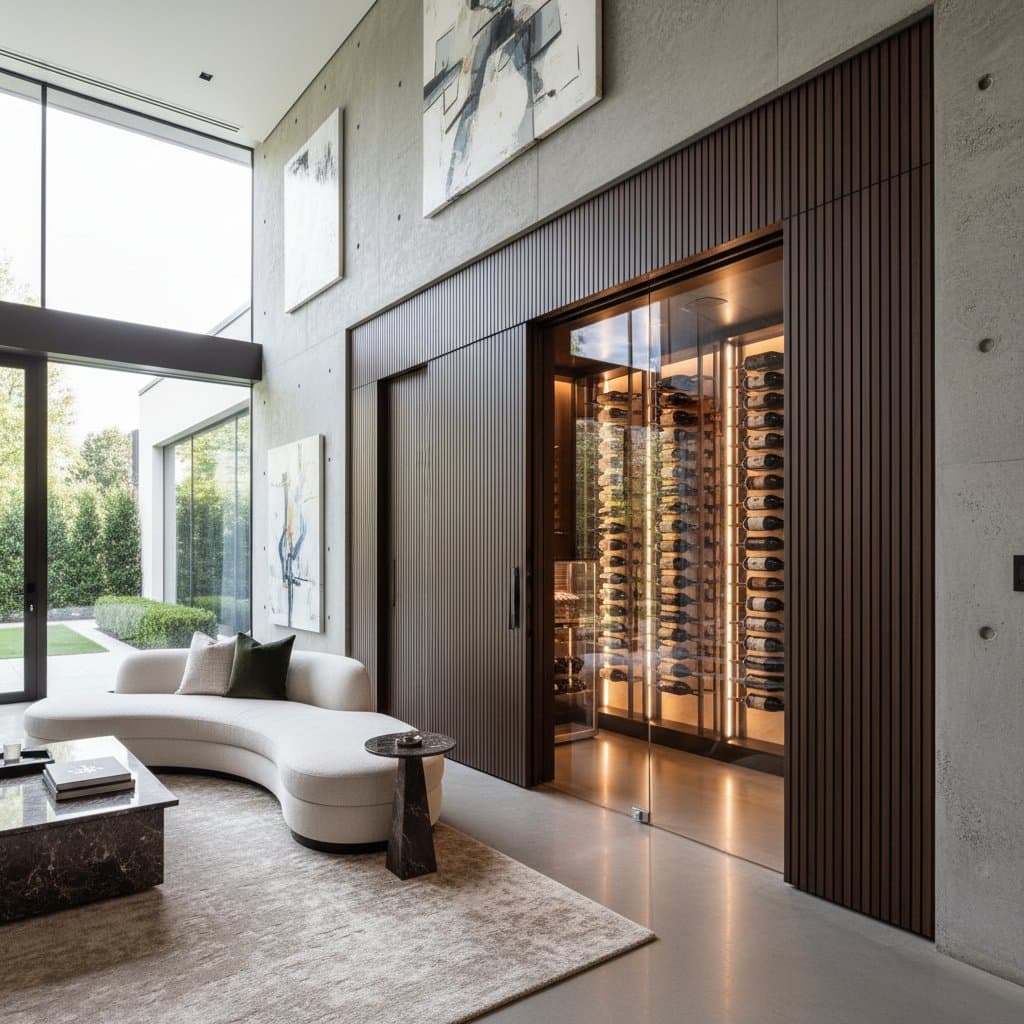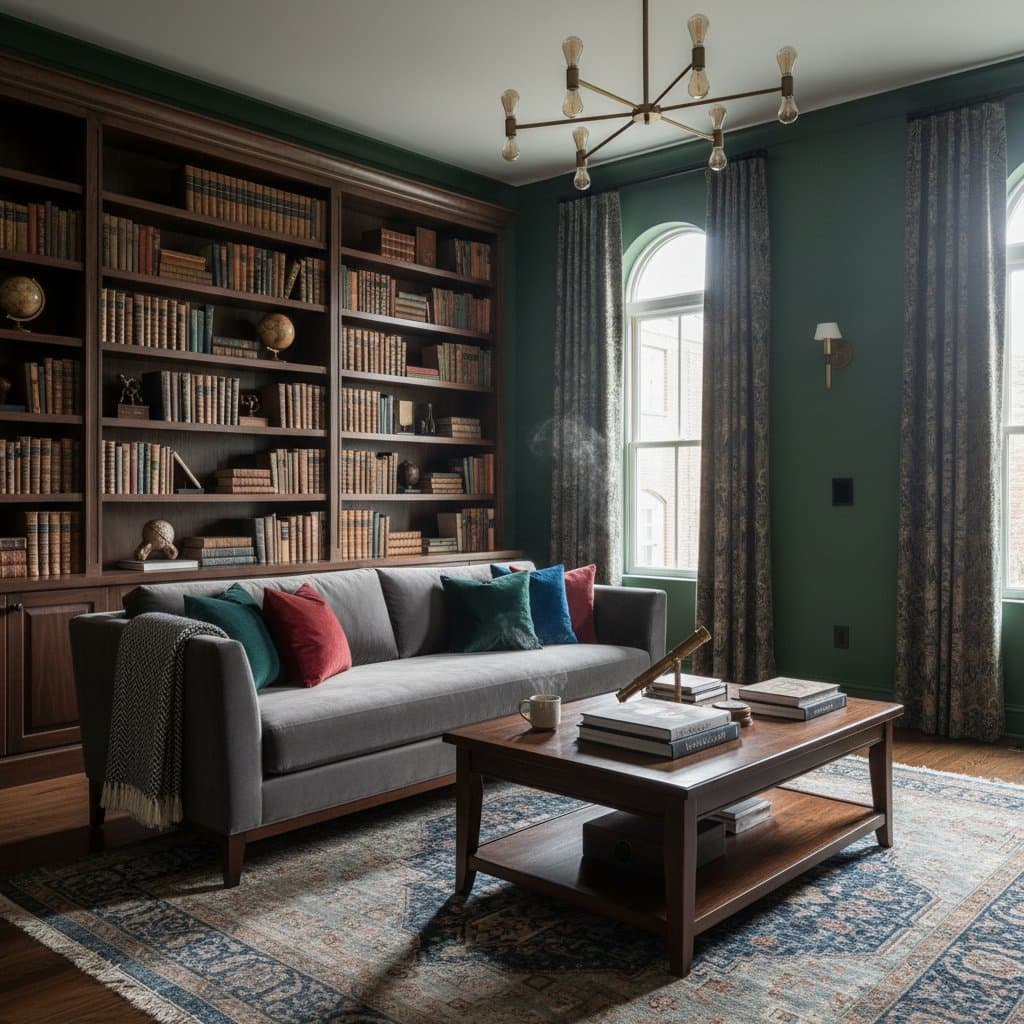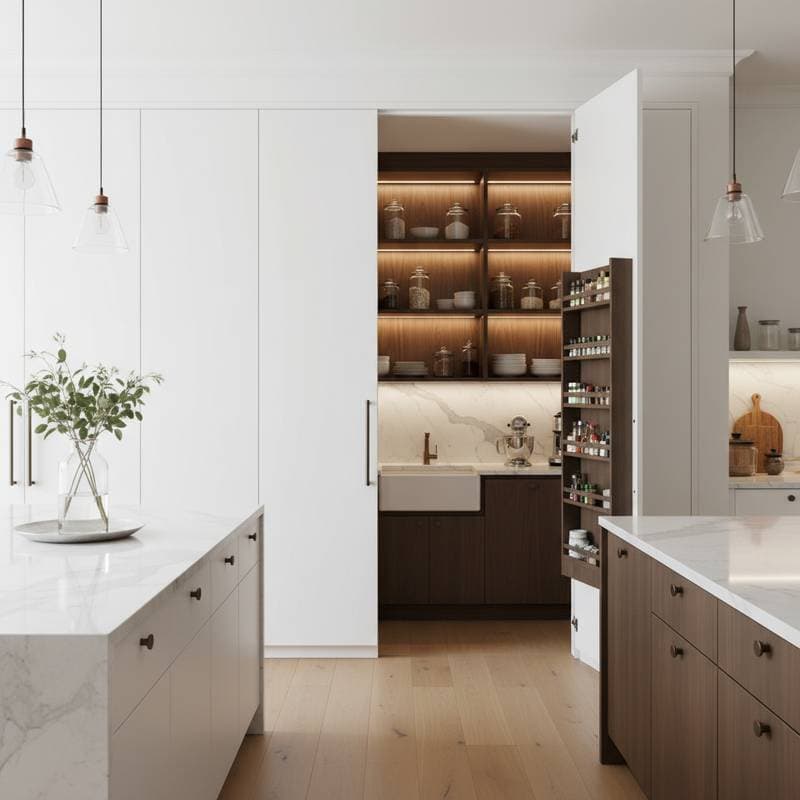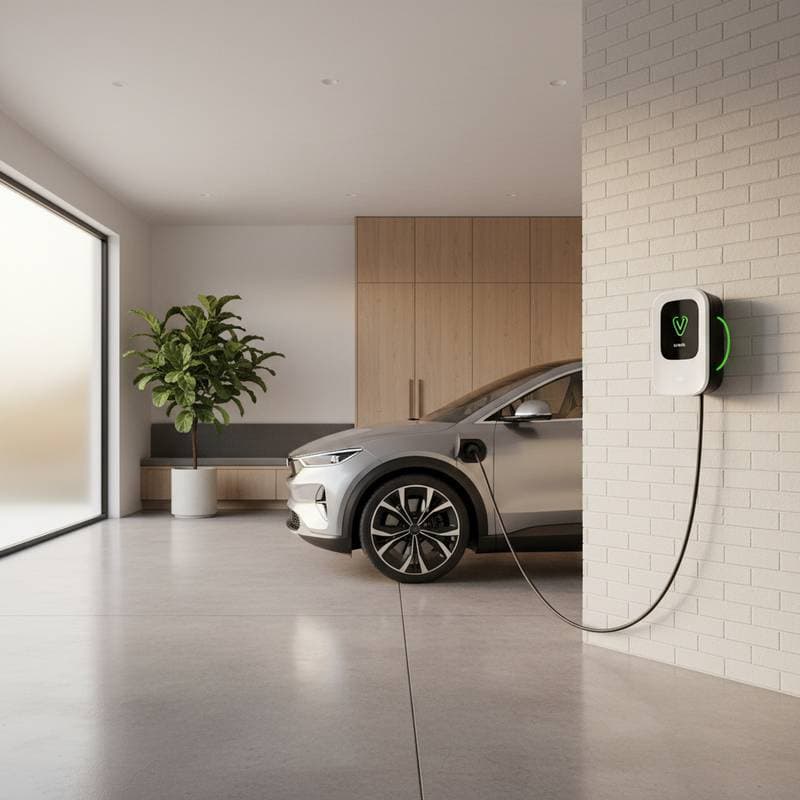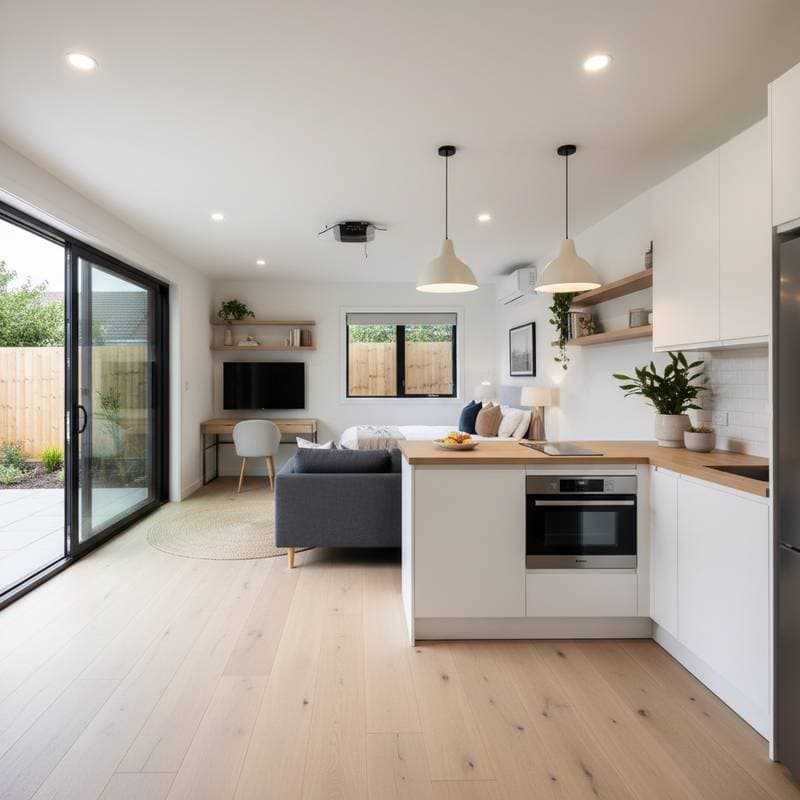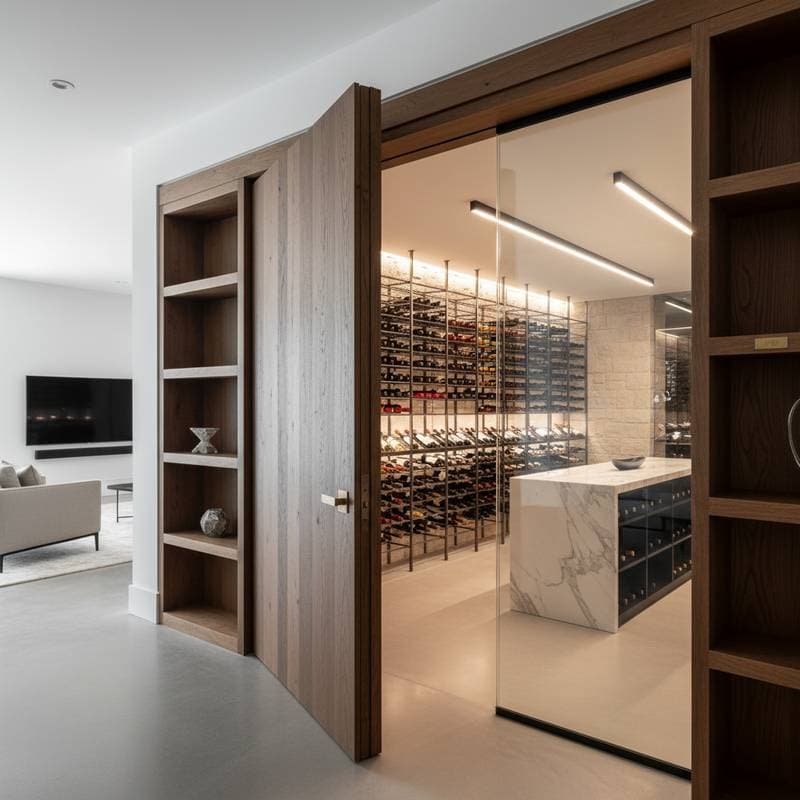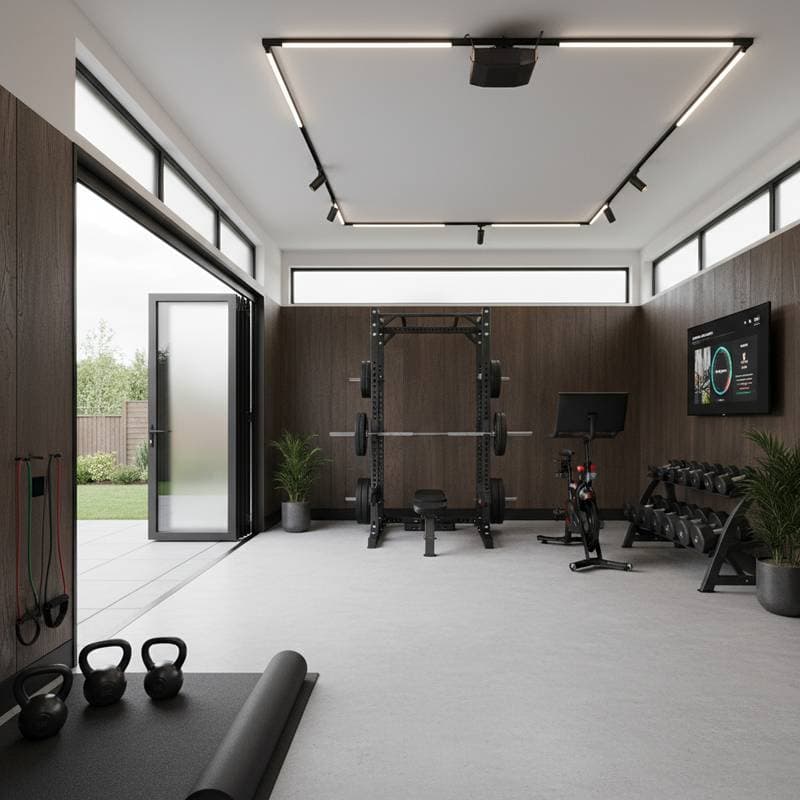Hidden Wine Cellars Add 15% to Home Value in 2025
Hidden wine cellars represent a sophisticated addition to modern homes, offering both aesthetic appeal and practical functionality. These concealed spaces not only preserve fine wines but also enhance the overall luxury of a property. In 2025, real estate experts predict that such features will contribute up to a 15% increase in home resale value, making them a smart investment for homeowners.
The allure of a hidden wine cellar lies in its ability to integrate seamlessly into existing architecture. Unlike traditional, visible storage solutions, these cellars remain out of sight, preserving the home's design integrity while providing dedicated climate control. Homeowners appreciate the blend of discretion and elegance that these installations bring to daily living.
Understanding Hidden Wine Cellars
A hidden wine cellar functions as a specialized storage area designed to maintain optimal conditions for wine aging. Temperatures typically range between 55 and 59 degrees Fahrenheit, with humidity levels around 70%. These conditions prevent cork drying and label damage, ensuring collections remain in pristine condition over time.
Concealment techniques vary based on home layout and personal style. Common methods include embedding the cellar behind bookshelves, within closet walls, or beneath staircases. Each approach requires careful planning to balance accessibility with secrecy, often involving custom cabinetry and automated locking systems.
The rise in popularity stems from a growing interest in home-based entertaining and personal collections. As more individuals invest in premium wines, the demand for discreet, high-quality storage solutions has surged. Real estate appraisals now factor these features into valuations, recognizing their appeal to affluent buyers.
The Impact on Home Value
Incorporating a hidden wine cellar can significantly elevate a property's market position. Appraisers view such additions as indicators of luxury and thoughtful design, which directly influence buyer perceptions. Studies from leading real estate firms indicate that homes with integrated wine storage sell 15% higher than comparable properties without this feature.
This value boost arises from multiple factors. First, the cellar signals a lifestyle of refinement, attracting buyers who prioritize upscale amenities. Second, the installation demonstrates quality craftsmanship, which enhances the home's overall perceived durability. Finally, in competitive markets, unique features like these differentiate a listing and often lead to faster sales at premium prices.
Location plays a role in maximizing returns. Properties in urban areas or wine regions, such as California or New York, see even greater appreciation due to cultural alignment. Homeowners in these locales report quicker ROI through resale, with some recouping installation costs within the first year of listing.
Design Ideas for Hidden Integration
Selecting the right design begins with assessing available space. Under-stair cellars offer an efficient use of otherwise unused areas, transforming awkward nooks into functional zones. Install sliding panels or false doors to maintain a clean facade, ensuring the space blends with surrounding decor.
For larger homes, consider converting a walk-in pantry or basement corner. Rack systems made from reclaimed wood or metal provide both storage and visual interest. Integrate LED lighting that activates on motion, illuminating bottles without generating excess heat that could affect temperature stability.
Smart technology elevates these designs further. Automated systems monitor humidity and temperature via apps, sending alerts for any deviations. Voice-activated doors and inventory trackers add convenience, allowing owners to catalog collections digitally and access them effortlessly during gatherings.
Custom elements personalize the space. Opt for curved racks to accommodate various bottle sizes or add tasting ledges for informal enjoyment. Materials like glass fronts with UV protection offer a glimpse into the collection while safeguarding contents from light exposure.
Building Your Own Hidden Wine Cellar
Planning the construction requires collaboration with professionals experienced in custom millwork and HVAC systems. Start by conducting a site survey to identify suitable locations and evaluate structural integrity. Ensure the chosen area remains cool and stable year-round to minimize energy demands.
Next, select appropriate insulation and vapor barriers to regulate internal conditions. Double-walled construction with foam insulation maintains consistent temperatures, while sealed doors prevent air exchange. Consult with a wine storage specialist to determine rack capacity based on collection size and growth projections.
Budget considerations influence material choices. Basic installations start at $10,000, covering essential climate control and racking for 200 bottles. Premium options, including smart features and bespoke designs, range from $25,000 to $50,000, offering long-term value through durability and aesthetics.
Permitting and compliance form a critical step. Local building codes may require inspections for electrical and ventilation components. Work with licensed contractors to secure approvals, avoiding potential delays or fines that could impact the project timeline.
Maintenance and Long-Term Care
Once installed, regular upkeep ensures the cellar performs optimally. Monitor digital gauges weekly to confirm stable conditions, adjusting settings as needed for seasonal changes. Clean racks and floors quarterly to prevent dust accumulation, which can harbor mold in humid environments.
Inventory management supports organization. Label bottles clearly and rotate stock to prioritize older vintages for consumption. Digital apps facilitate this process, tracking purchase dates and optimal drinking windows to enhance enjoyment.
Professional servicing annually checks for wear on cooling units and seals. Address any issues promptly to avoid costly repairs. With proper care, a hidden wine cellar maintains its functionality for decades, continuing to add value to the home.
Investing in Elegance and Equity
A hidden wine cellar transcends mere storage; it embodies a commitment to quality living. By enhancing both the home's charm and financial worth, this feature appeals to those seeking enduring luxury. As 2025 approaches, consider how such an addition aligns with your vision for refined, future-proof living.
Homeowners who embrace this trend report not only increased property values but also heightened personal satisfaction. The combination of practicality and prestige makes hidden wine cellars a worthwhile pursuit for anyone elevating their space.



